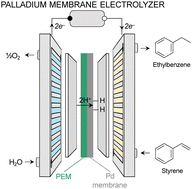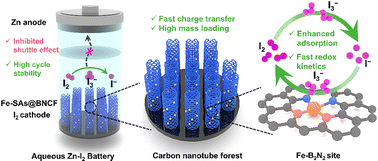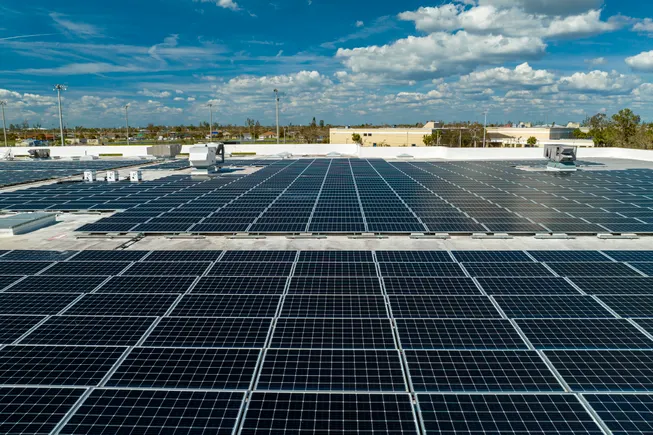Biobased Polymer Electrolyte with Plant Cell Wall‐Inspired Architecture: Biomimetic Integration of Cellulose‐Lignin for Nonflammable Cryogenic Lithium Batteries
Advanced Energy Materials, EarlyView.

Bioinspired by plant cell walls' cellulose-lignin-hemicellulose hierarchy, BC synergizes with LNDP/HAPLi as multifunctional linkers to establish a nonflammable BC/Li-FR electrolyte with biomimetic Li+ transport highways to boost Li+ conductivity (4.69 mS cm⁻1). The biomimetic BC/Li-FR illustrates the ultra-wide temperature adaptability (−20 to 30 °C) and self-optimizing SEI enables dendrite-free Li deposition (1600 h) for cryogenic LIBs.
Abstract
The pursuit of safe and temperature-resilient lithium batteries faces a critical dilemma: conventional liquid electrolytes compromise safety with flammable organic solvents, while existing solid-state alternatives suffer from insufficient ionic conductivity. This study unveils a nonflammable biomimetic electrolyte architecture inspired by plant cell walls, integrating bacterial cellulose (BC) with lignin-derived flame-retardant microspheres (LNDP) and lithium-functionalized hydroxyapatite (HAPLi). The “cellulose−lignin−hemicellulose” biomimetic framework establishes multiple Li+ transport channels, and achieves high Li+ transfer number (0.75) and exceptional ionic conductivity (4.69 mS cm⁻1 at 30 °C; 0.162 mS cm⁻1 at −20 °C) through the fluorine/phosphorus-rich solid electrolyte interphase (SEI). At 0.2 C, the assembled Li||LiFePO4 battery with BC/Li-FR exhibits a high initial discharge capacity of 117 mAh g−1 at −20 °C, and stably cycles 800 cycles with a high retention rate of 97.7%. The Li||NCM811 battery maintains a high capacity of 151.4 mAh g⁻1 after 130 cycles at −20 °C. This work demonstrates that the BC/Li-FR architecture enables self-regulating lithium-ion deposition behavior, thereby effectively suppressing dendrite formation and growth. The findings lay a groundbreaking foundation for developing inherently safe lithium batteries capable of stable operation across a wide temperature spectrum, including challenging cryogenic environments.



























































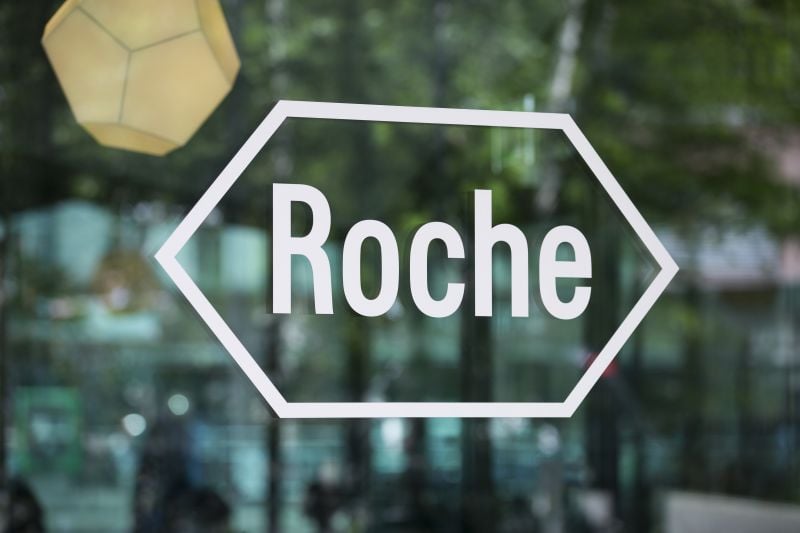






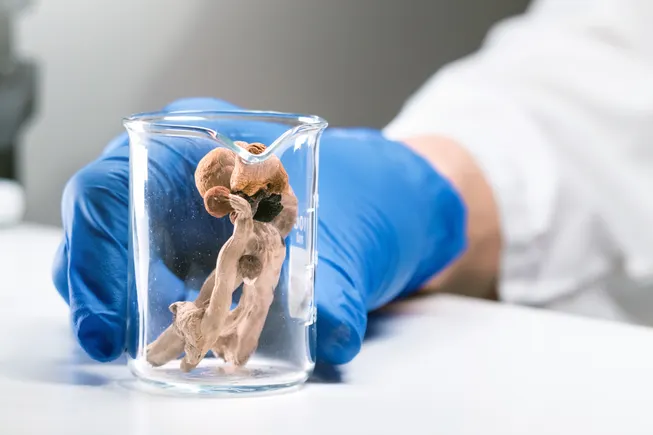




































![[Updated] B-2 Spirit Bombers Struck Iranian Nuclear Sites](https://theaviationist.com/wp-content/uploads/2025/06/B2sGuam_2.jpg)































